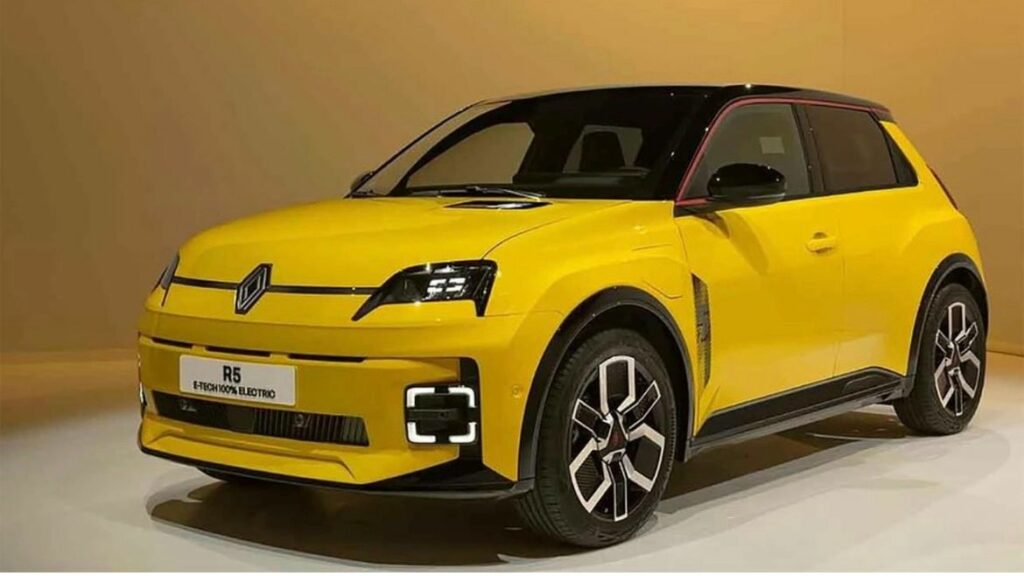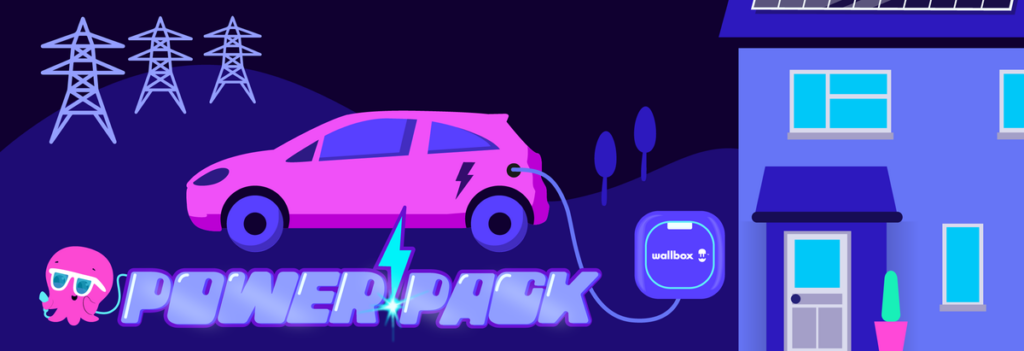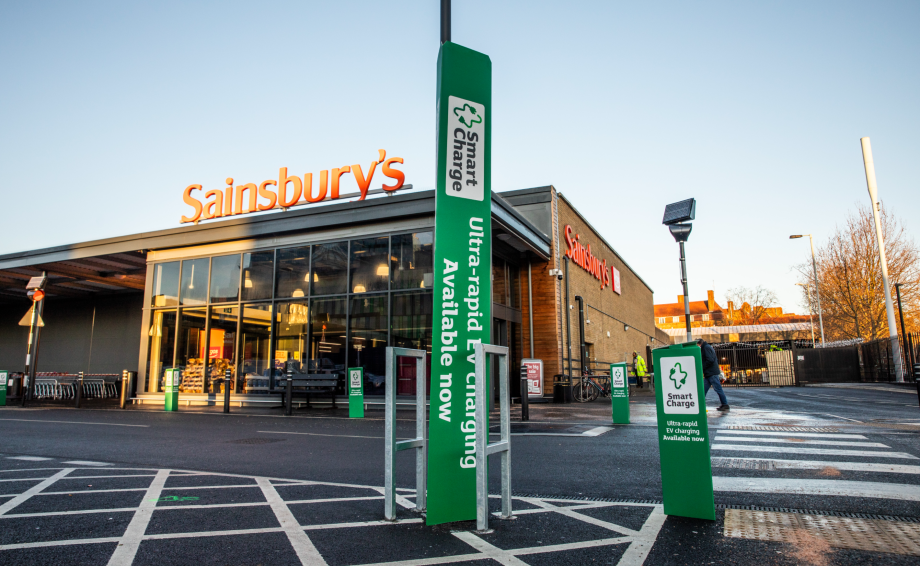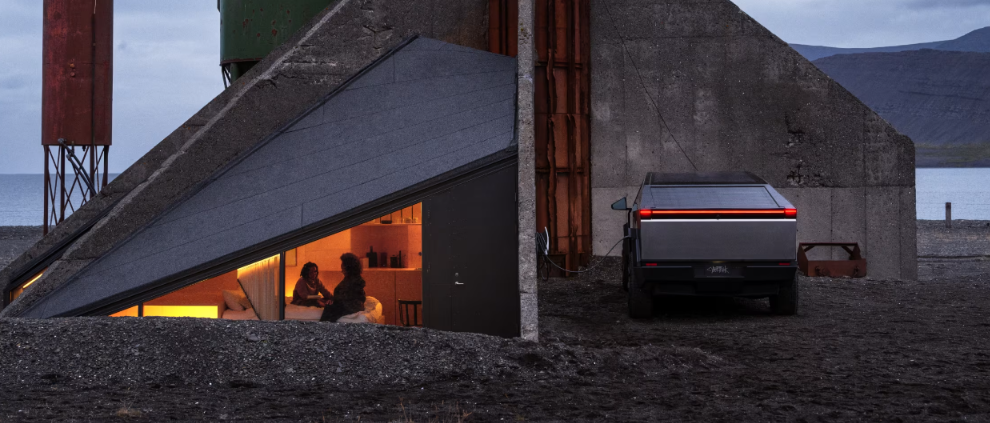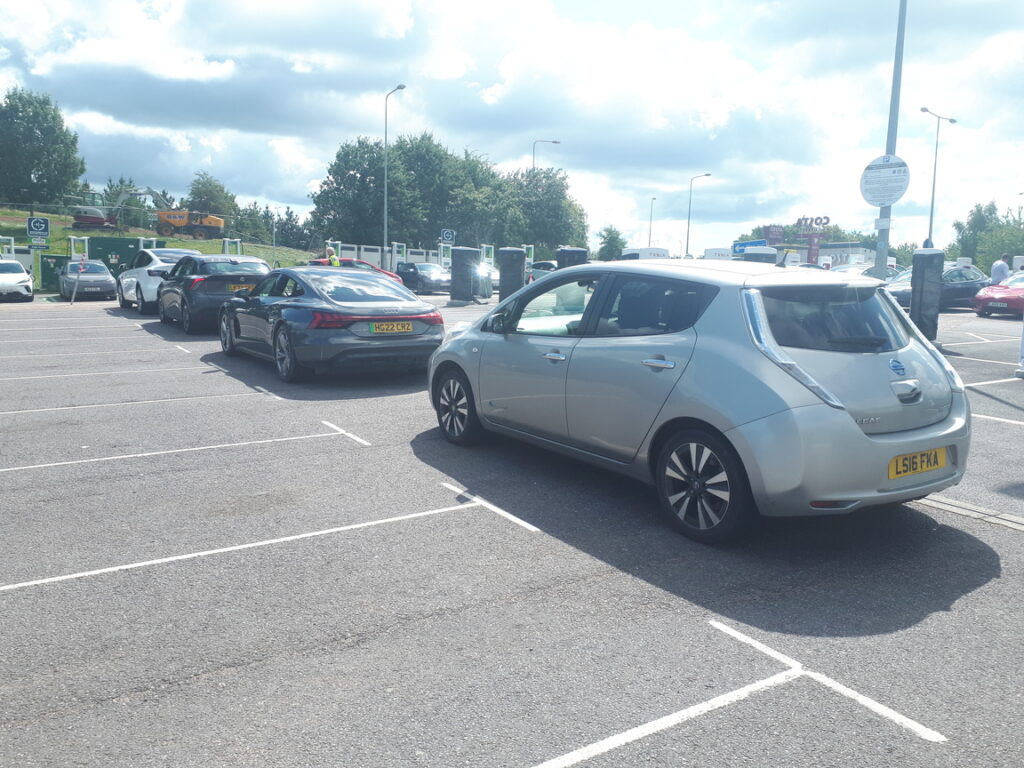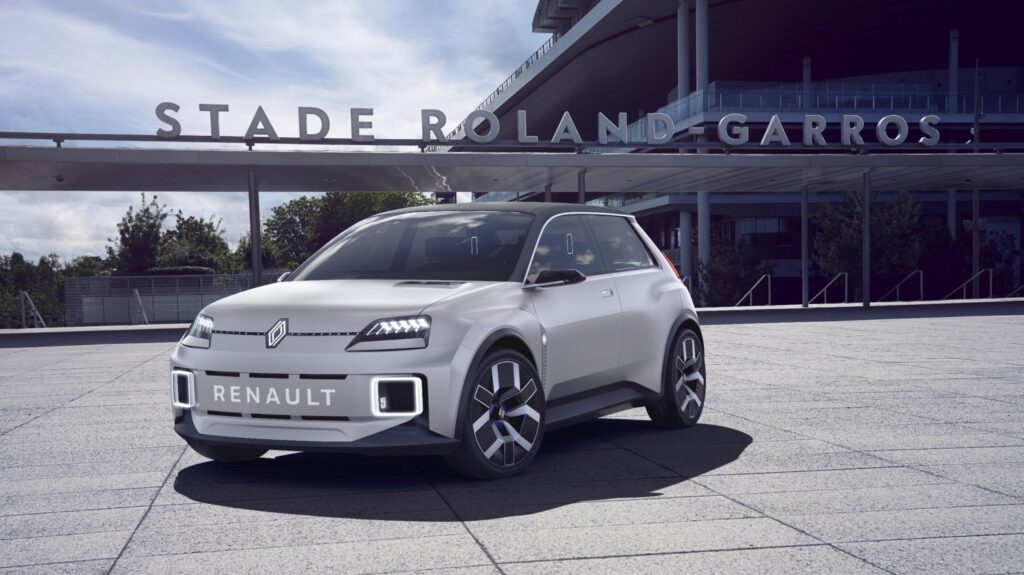We got very excited here at V2G UK way back in February 2022 when Volkswagen announced in a press release that Markus Arand, head of brand and product communications at VW Commercial Vehicles, had said:
When you have solar panels on your home, for example, this car will be able to have a thing called bi-directional charging. You can give the energy from the ID. Buzz back to your home.
After a long wait VW have finally published a related press release. This one states that:
From now on, many models in the ID. Family now offer bidirectional charging with the “Vehicle to Home” function. With a home power station and the integrated Home Energy Management System (HEMS) from Volkswagen partner HagerEnergy GmbH, customers can cover as much of their household consumption as possible with their photovoltaic system. Both companies have launched a pilot project in Sweden in which an entire housing estate is being supplied with vehicles and the corresponding charging infrastructure.
Another pertinent piece of information is that:
Bidirectional charging is possible in all new models with the 77 kWh battery (net) and from ID. Software 3.5 or higher.
Note that the “small print” outlines a few constraints:
The discharging and bidirectional charging functions are no longer available once the intended operating time or energy quantity has been reached: Max energy quantities: Up to 10,000 kWh Discharging; Max operating hours: Up to 4,000 hours Discharging
Here’s an image from the press release showing an “artist’s impression” of a VW ID.5 discharging electricity generated from a rooftop solar PV installation back into a home as dusk falls:
Compare and contrast the image with our own artist’s impression in the banner at the top of this article. It is now over 10 years old.
I cannot help but wonder when the first trial of Volkswagen’s exciting new V2H technology will ultimately start in a similarly equipped home here the United Kingdom, and when the current “constraints” might be raised or removed entirely?
